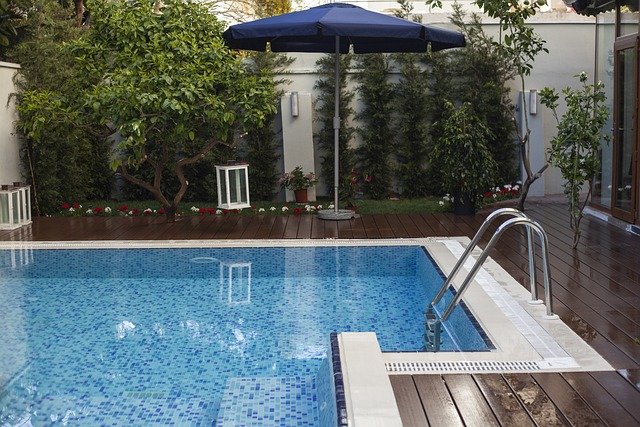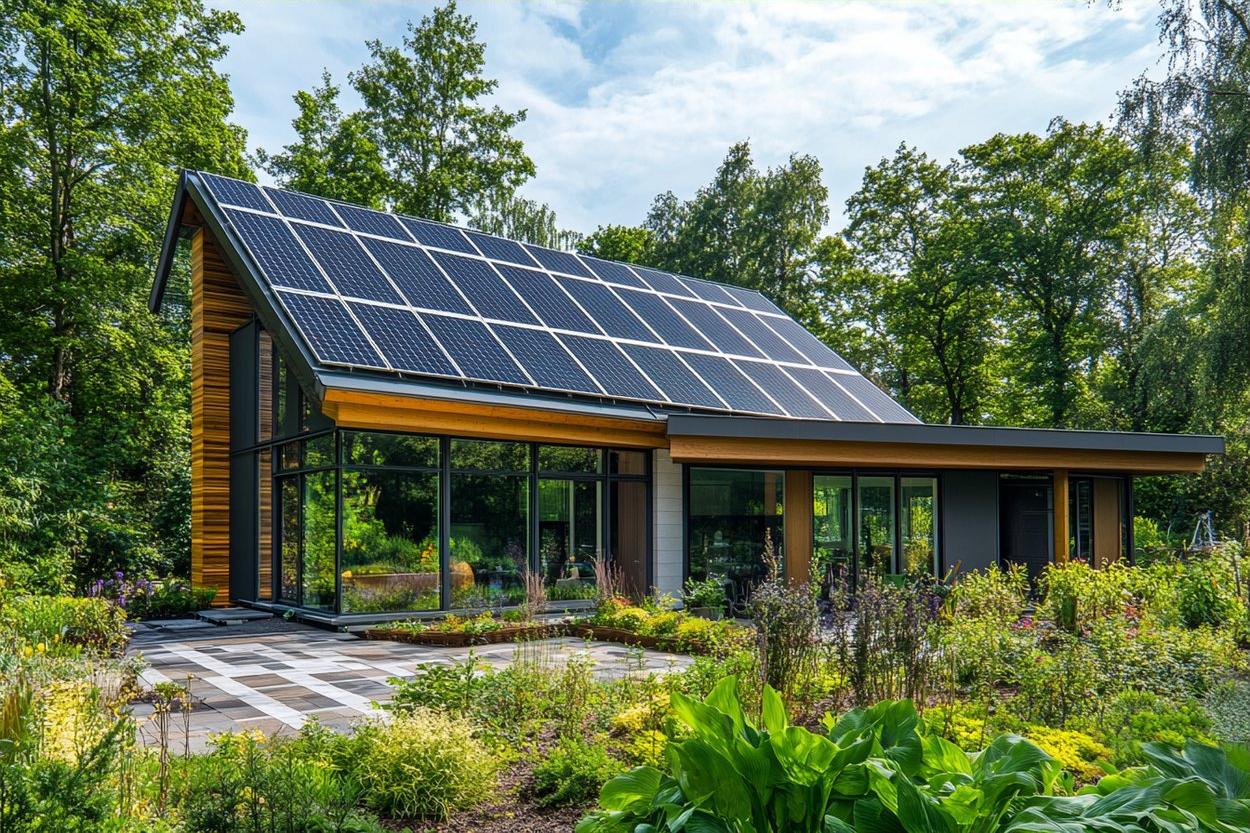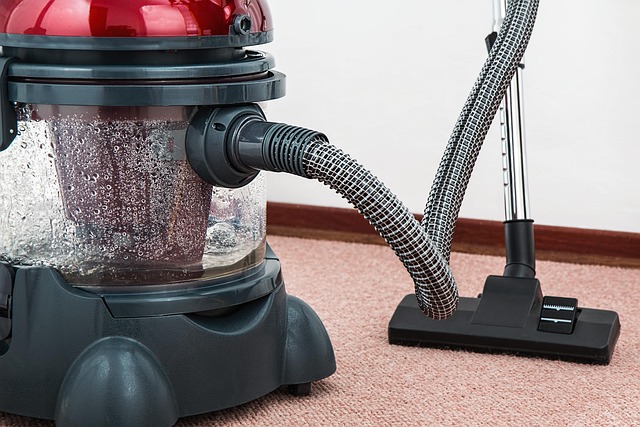The Construction of Pool Shells: A Comprehensive Guide
Pool shell construction involves creating the durable foundation of a swimming pool, providing structural integrity and long-lasting support. Proper design and materials ensure the pool remains safe, stable, and ready for finishing touches like tiling, plaster, or lining for a complete backyard oasis.

How Are Pool Shells Constructed?
Pool shell construction is a complex process that requires careful planning and execution. The first step involves excavating the ground to create the desired pool shape and depth. Once the excavation is complete, the next phase depends on the type of pool shell being constructed. For concrete pools, a network of steel reinforcing bars (rebar) is installed to provide structural strength. The concrete is then poured or sprayed over this framework. For fiberglass pools, a pre-fabricated shell is lowered into the excavated hole. Vinyl liner pools require a supportive structure, typically made of metal or polymer panels, to be installed before the liner is fitted.
What Are the Different Types of Pool Shell Construction?
There are three main types of pool shell construction, each with its own unique characteristics and benefits:
-
Concrete Pools: These are the most customizable and durable option. Concrete pools can be built in any shape or size and are often finished with plaster, tile, or aggregate materials. They are ideal for complex designs and can incorporate features like infinity edges or beach entries.
-
Fiberglass Pools: These pre-fabricated shells are manufactured off-site and installed in one piece. They offer quick installation and come in a variety of pre-designed shapes and sizes. Fiberglass pools have a smooth, non-porous surface that resists algae growth and requires less maintenance.
-
Vinyl Liner Pools: These pools use a flexible liner to contain the water. They are typically the most affordable option and can be installed relatively quickly. Vinyl liner pools offer some flexibility in shape and size, though not as much as concrete pools.
How Does Pool Shell Construction Affect Durability?
The durability of a pool shell is directly related to its construction method and materials used. Concrete pools are known for their longevity, often lasting 50 years or more with proper maintenance. Their solid structure can withstand ground movement and environmental stresses, though they may require resurfacing every 10-15 years.
Fiberglass pool shells are highly durable and resistant to cracking. They can flex slightly, which helps them adapt to minor ground shifts. With proper care, a fiberglass pool shell can last 25-30 years or more before needing significant repairs.
Vinyl liner pools have the shortest lifespan in terms of their interior finish. While the supporting structure can last for decades, the vinyl liner itself typically needs replacement every 5-9 years. However, this replacement is relatively inexpensive compared to resurfacing a concrete pool.
What Factors Influence Pool Shell Construction Durability?
Several factors play a role in determining the longevity of a pool shell:
-
Soil Conditions: The stability and composition of the soil can affect how well the pool shell holds up over time. Areas with expansive clay or high water tables may require additional engineering to ensure the pool’s structural integrity.
-
Climate: Regions with extreme temperature fluctuations or freeze-thaw cycles can put additional stress on pool shells, particularly concrete ones.
-
Water Chemistry: Proper maintenance of water chemistry is crucial for all pool types. Imbalanced water can lead to etching, staining, or deterioration of the pool surface.
-
Quality of Installation: The expertise of the installation team and the quality of materials used significantly impact the pool’s durability. Cutting corners during construction can lead to premature failures or costly repairs.
How Can Pool Shell Construction Be Optimized for Longevity?
To maximize the lifespan of a pool shell, several best practices should be followed:
-
Proper Site Preparation: Thorough soil analysis and appropriate grading are essential to create a stable foundation for the pool.
-
High-Quality Materials: Using top-grade concrete mixes, reinforcement steel, fiberglass resins, or vinyl liners can significantly extend the pool’s life.
-
Advanced Construction Techniques: For concrete pools, techniques like shotcrete application and proper curing can enhance strength and durability.
-
Protective Measures: Installing features like bond beams, waterproofing membranes, and expansion joints can help protect the pool shell from environmental stresses.
-
Regular Maintenance: Regardless of the construction type, consistent care and maintenance are crucial for preserving the pool shell’s integrity over time.
By understanding the intricacies of pool shell construction and the factors that influence durability, homeowners and builders can make informed decisions to create long-lasting, enjoyable swimming pools. Whether opting for the customization of concrete, the quick installation of fiberglass, or the affordability of vinyl liners, each type of pool shell construction offers unique benefits that can provide years of aquatic enjoyment when properly constructed and maintained.




